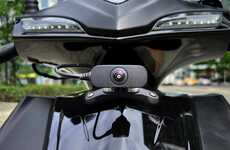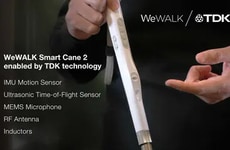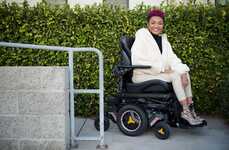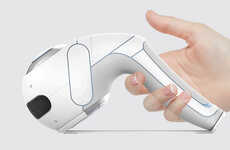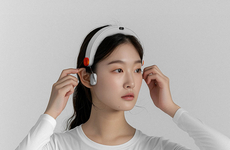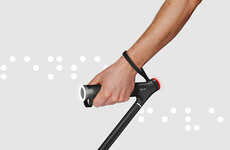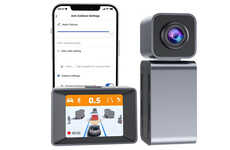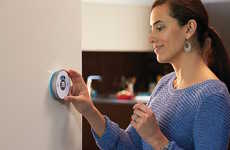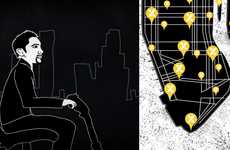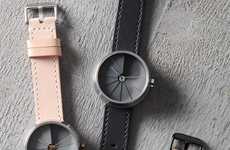
This Tiny Device Warns the Blind About Obstacles In Their Path
Rahul Kalvapalle — March 31, 2015 — Lifestyle
References: masseyeandear.org & gizmag
Researchers from Massachusetts Eye and Ear at Schepens Research Institute are testing a pocket-sized collision warning device that is being targeted towards the blind, who are often at risk of colliding with objects when out and about. This device, which would sit on the wearer's chest, aims to make walking safer for people with visual impairments by warning them about obstacles in their path that they are at risk of walking into or colliding with.
The system, which of course uses a camera to detect obstacles, issues warnings based on an estimate of how far away the collision is in terms of time, and not distance. The researchers tested the system on patients who were made to walk a loop-shaped obstacle course filled with obstacles and pedestrians.
This collision warning device intelligently uses existing technology and applies it to an oft-ignored demographic, those with physical limitations and impairments, for whom it could prove to be lifechanging.
The system, which of course uses a camera to detect obstacles, issues warnings based on an estimate of how far away the collision is in terms of time, and not distance. The researchers tested the system on patients who were made to walk a loop-shaped obstacle course filled with obstacles and pedestrians.
This collision warning device intelligently uses existing technology and applies it to an oft-ignored demographic, those with physical limitations and impairments, for whom it could prove to be lifechanging.
Trend Themes
1. Pocket-sized Collision Warning Devices - The development of pocket-sized collision warning devices presents a disruptive innovation opportunity for enhancing the safety of individuals with visual impairments.
2. Time-based Collision Warnings - The use of time-based collision warnings instead of distance-based warnings offers a disruptive innovation opportunity to improve obstacle detection for the blind.
3. Adaptation of Existing Technology - The adaptation of existing camera technology to create collision warning devices specifically designed for the visually impaired opens up disruptive innovation opportunities in the assistive technology field.
Industry Implications
1. Assistive Technology - The assistive technology industry can benefit from disruptive innovation opportunities by developing and marketing pocket-sized collision warning devices for individuals with visual impairments.
2. Healthcare - In the healthcare industry, there is a disruptive innovation opportunity to integrate pocket-sized collision warning devices into the care and support of individuals with visual impairments.
3. Sensory Technology - The sensory technology industry can explore disruptive innovation opportunities by leveraging time-based collision warnings to improve obstacle detection and navigation for individuals with visual impairments.
2.6
Score
Popularity
Activity
Freshness


